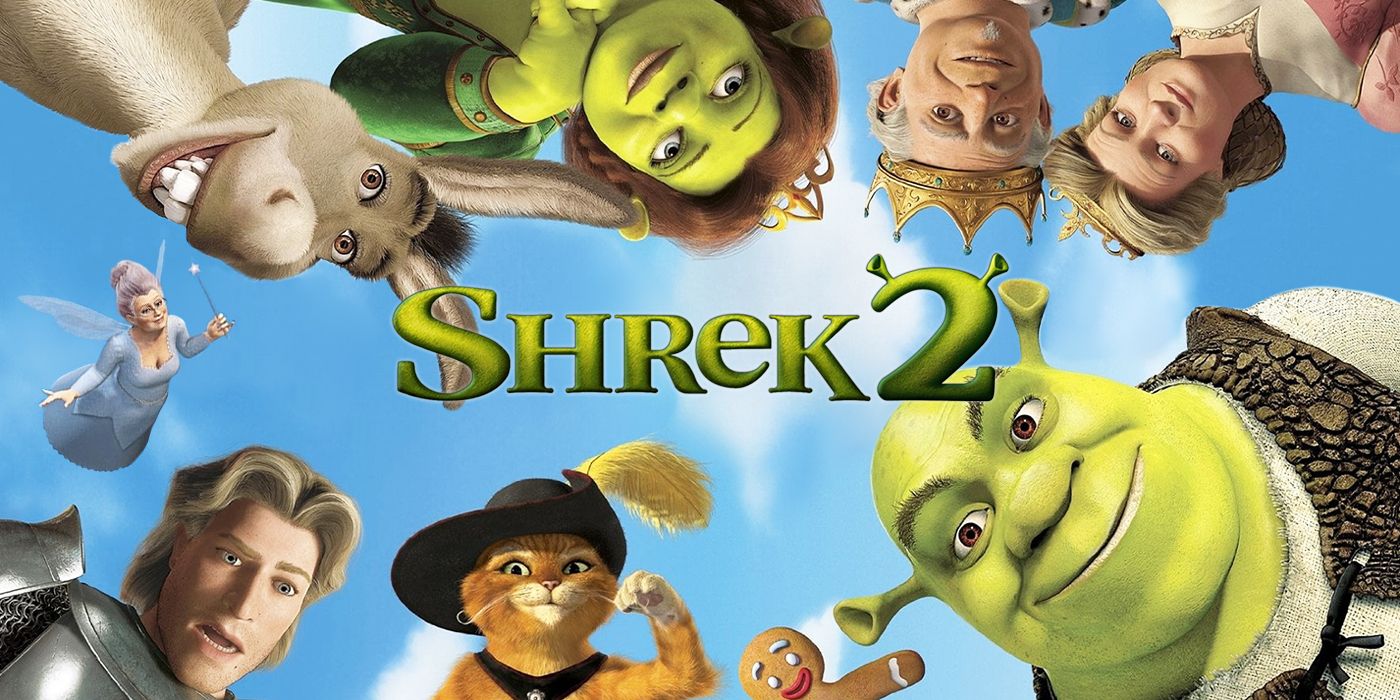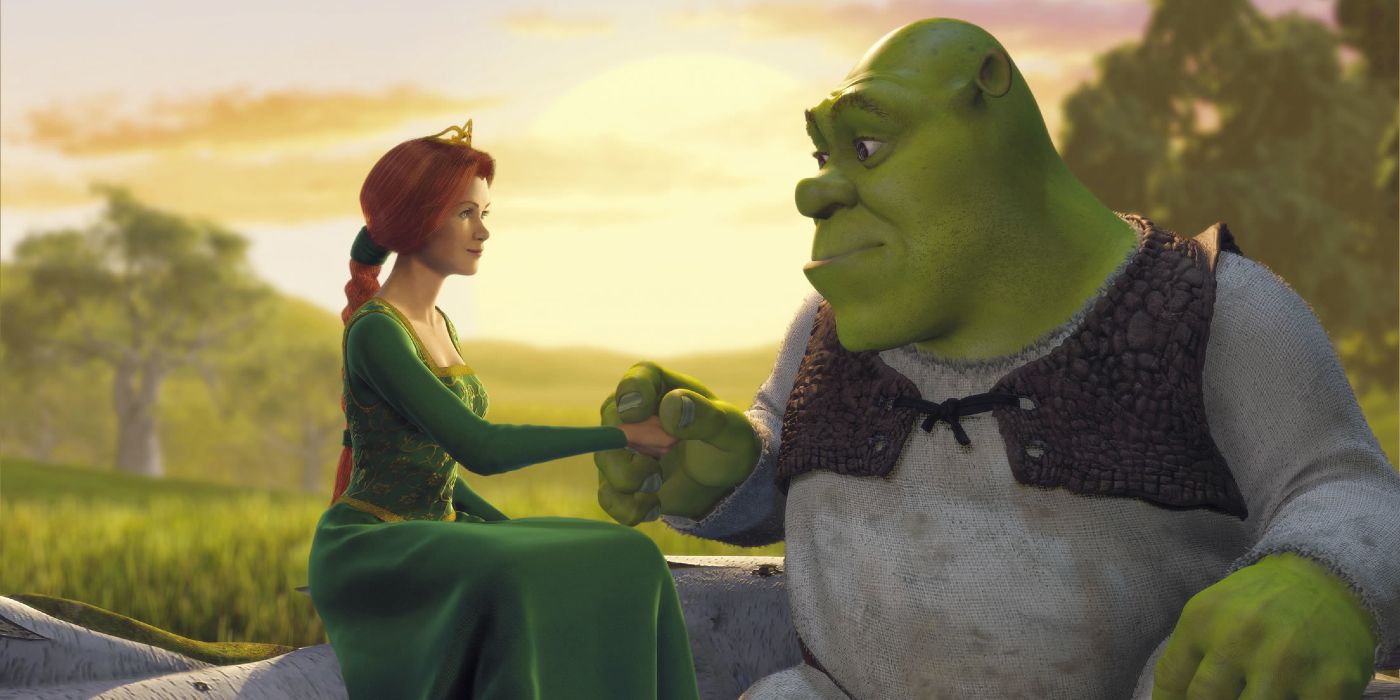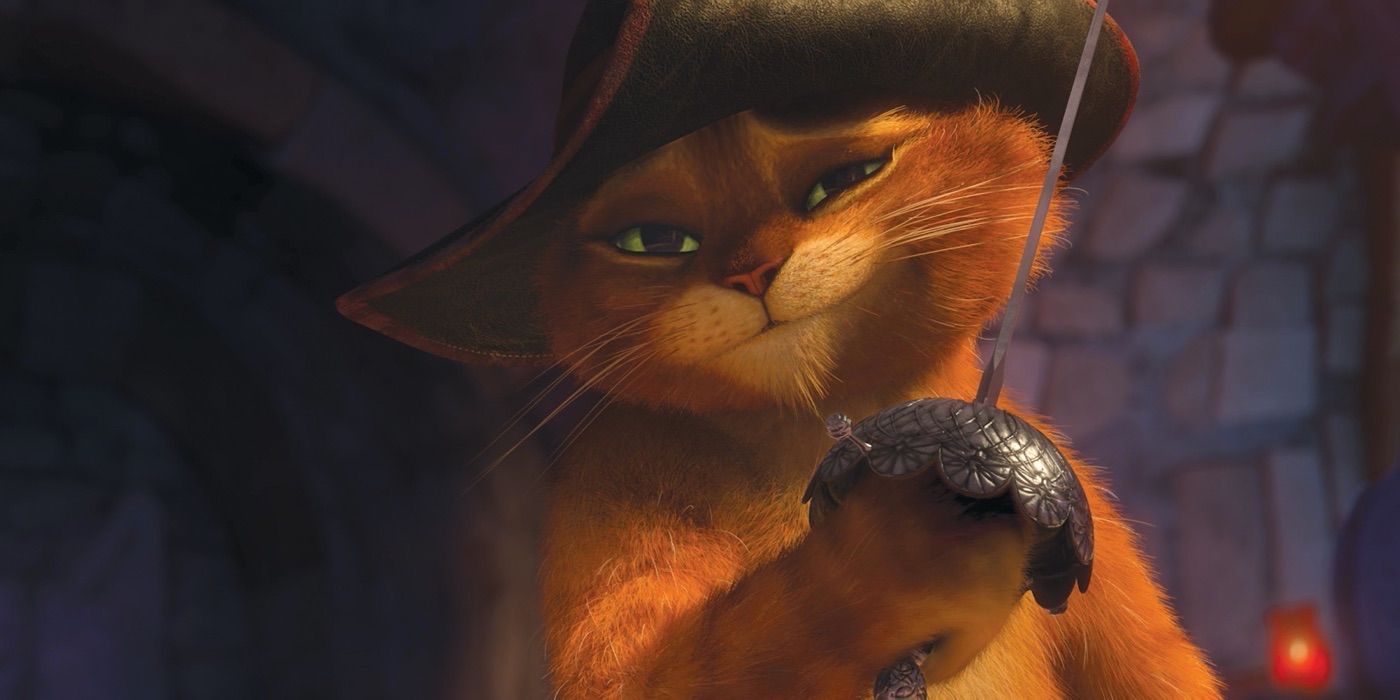Great sequels are hard to pull off. They’re especially hard when the first film was a colossal hit. And that’s exactly what Shrek was. Looking back on the film that introduced everyone’s favorite green ogre to the world, it’s easy to lose sight of just how big of a sensation it was. Besides being a critical and commercial smash hit, the film played in the competition for the top prize at the Cannes Film Festival and went on to win the first-ever Best Animated Feature Oscar at the Academy Awards. Shrek 2 had a long road ahead of it if it wanted to match this success, let alone top it.
As the Disney renaissance dwindled after a historic run of animated films in the 90s, Shrek’s irreverent brand of humor and pop-culture references perfectly captured cultural fatigue with the Disney princess films. After a decade of Disney films where heroines scoured the ends of the Earth in search of true love, Shrek gained its power by being the antithesis of all that.
In flipping the script on the classic fairy tale stories, Mike Myers’ Shrek spat in the face of Disney’s romanticism, but still managed to be poignant in its own right. Beyond the crass humor, the first Shrek film endures because it believes earnestly in its core message of being true to yourself. It would be key for Shrek 2 to follow through on the message of the first, and that’s precisely what the sequel does. Through its thematic depth, a better ensemble of gut-busting characters, and improved animation and action, Shrek 2 handily tops its predecessor and sits firmly as one of the best-animated sequels ever.
Returning directors Andrew Adamson and Kelly Asbury, alongside new director Conrad Vernon, easily prove that the success of Shrek was not a fluke. Beyond outgrossing the original (Shrek 2 remains Dreamworks' highest-grossing film of all time), also premiering at Cannes, and scoring another two Oscar nominations, Shrek 2 shrewdly explores the insecurity that comes after the happily ever after. At the end of the first film, Cameron Diaz’s Fiona transformed into “love’s true form,” but is surprised to find herself still an ogress. Shrek loved her for who she was, not how she looked, and her form reflected this.
Now married and returning from their honeymoon, Fiona introduces Shrek to her royal family. But when Shrek and the King get off on the wrong foot with no sign of improving, Shrek begins to question whether he is worth all the trouble. It’s in this that Shrek 2 becomes a touching study into self-worth and what it means to love someone unconditionally. Just like the first film, the climax of the sequel offers more than just exciting action. It’s a peak of the emotional through-line that has been running parallel to all the jokes and action during the rest of the film. Shrek and Fiona’s marriage is no doubt going through a rough patch, but there’s a layer of sincerity to its presentation that the humor never undercuts.
On top of the thematic relevance, the sequel introduces a new batch of winning characters. The combination of Mike Myers’s Shrek, Eddie Murphy’s Donkey, and Cameron Diaz’s Fiona was already a dynamite trio, but every addition is completely welcome. First, there are Fiona’s parents, the King and Queen, voiced delightfully by John Cleese and Julie Andrews. Then there’s the adorable cat assassin Puss in Boots, voiced by Antonio Banderas, who valiantly attempts to murder Shrek but quickly befriends him instead. And lastly, on the villain side of things, there is Prince Charming (Rupert Everett) and the Fairy Godmother (Jennifer Saunders). The Fairy Godmother, in particular, is a memorable and inspired villain as her devious, calculating brand of mischief shows that she will stop at nothing to wed her son Prince Charming to Fiona.
After failing to earn the approval of her parents, Shrek believes that he needs to shed his ogre form in favor of a human one. Shrek’s insecurity allows the Fairy Godmother the perfect opportunity to unleash her plan and wed Prince Charming in his place. The plan sets the stage for an exhilarating finale that many have pointed to as the high point of the entire franchise, and the scene is absolutely worthy of every superlative it has received. In the third act, Shrek enlists the help of his new friends along with his buddies from other fairy tales.
Simultaneously one of the best action sequences and musical sequences in any animated film, the Fairy Godmother breaks into a now-iconic rendition of Bonnie Tyler’s “Holding Out For a Hero” as Shrek and his gang attempt to seize the royal castle. The sequence alone is better than anything from the first Shrek, as everything from the Mission: Impossible homage to the giant Gingerbread Man plays like gangbusters.
Much like the first movie, Shrek 2 boasts a stellar soundtrack as well. While there may not be one song that tops the untouchable iconic status of “All-Star” from the first Shrek, frankly, there may not be a song in any film that does that. For Shrek 2, it's the overall collection of artists put together that edges it out over its predecessor. Featuring songs from artists like David Bowie, Nick Cave, and Counting Crows, Shrek 2’s eclectic music taste is toe-tapping greatness while also effectively translating its deepened core theme through song.
Shrek 2 would go on to be the first in a long line of successful sequels for Dreamworks. From the surprise success of Trolls: World Tour to the excellence of the Kung Fu Panda and How To Train Your Dragon follow-ups, the creatives over at Dreamworks certainly know how to keep things fresh. In the case of Shrek 2, the film pulled off what the best sequels manage to do: up the stakes both emotionally and physically, build on the established world, and offer a more complicated story that provides a twist on everything that made the first film work. Shrek 2 defiantly checks all those boxes and still makes time for a showstopping Donkey and Puss in Boots performance of Ricky Martin’s “Livin’ La Vida Loca” before the credits roll.



